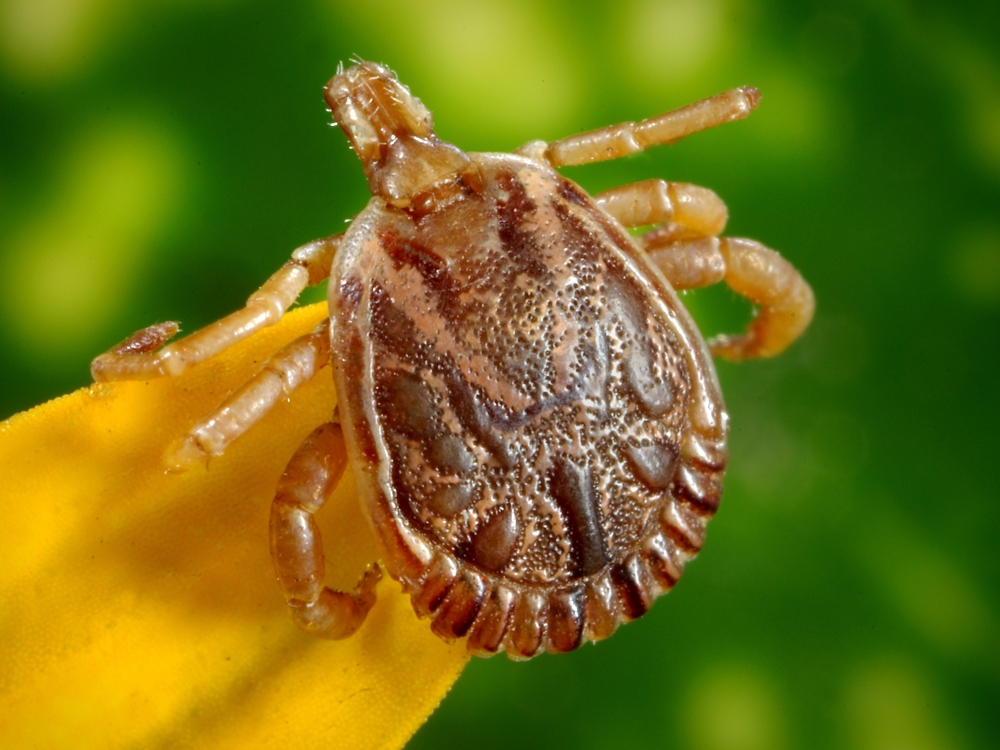How to Safely Remove a Tick from Your Dog
Share
[Sassy_Social_Share]Small, dark and round, ticks can look like a mole at first glance when attached to a ‘host’ and feeding. These nasty little parasites are related to spiders, but they don’t eat other bugs. They eat us and our pets. Unlike fleas, once they bite into a victim, they stay there feasting and engorging themselves with blood. That’s bad enough, but it gets worse. They can also spread devastating diseases to both humans and animals. Dog owners need to know how to remove a tick off a dog to protect our pets and ourselves.

The ticks’ favourite host is deer. They prefer them to livestock, but sheep have been known to carry ticks. Mice are another preferred host. And they are all too fond of us and our pets. While you can encounter ticks in a field, the risk is far greater in wooded areas. This means that the most lovely walking trails in the UK and Ireland are also prime spots for these vile parasites.
Prevention is paramount, but even when our dogs are protected it is best to check them after an outing in the countryside. If they’ve been running through tall grass or woods, odds are high they have encountered ticks. After a day out, spend some time grooming your dog and running your hands over their coat to feel for any little bumps. Pay particular attention to their legs, belly and groin area and their ears. Check their paws, especially between their toes. You aren’t likely to see the tick’s eight little legs, but you might. Often, a tick will look like it could be a skin growth when it is feeding. Ticks can also be greyish white if they haven’t fed recently. They can be between one millimetre and one centimetre in size.
How to Get a Tick off a Dog
If you find a tick on your dog, it is important to remove it right away. The longer it feeds on your pet, the more likely it is to transmit a disease. But getting them off requires a little know-how because their mouths are equipped with barbs that latch into their victim’s skin and their little legs are sticky. It’s critical not to leave the tick’s head in your dog not to squeeze its body. If you squeeze the tick’s body, it will force blood back into your dog, increasing the odds of infecting your pet with disease. Here’s step-by-step instructions for how to get a tick off a dog.
- You will need: tweezers or a tick removal tool, latex gloves, antiseptic wound cleaner, a plastic bag or jar with lid. Pick a well-lit spot where your dog is comfortable. Have someone help you if your dog is restless or fidgety.
- Wearing your gloves, part your dog’s fur to expose the tick.
- Gently push the edge of the tool or tweezers under the tick. Tick removal tools have a notch to hook the tick. With a tweezers, grip the tick but be careful not to crush it.
- Tweezers: Pull the tick straight back with steady, firm pressure. Do not jerk or twist.
Tool: Check the instructions to confirm, but for most, you rotate the tool in one direction.
- When the tick is removed, secure it in the bag or jar. You can use isopropyl alcohol to kill it. Save the tick so that if your dog becomes ill, you can show it to your vet to help identify the disease quickly.
- Clean the bite with antiseptic, and reward your patient with treats.
If you cannot remove the tick yourself, or if you are unsure you’ve removed the entire tick, contact your vet. They can remove it. You may have seen myths and old folk tales about how to remove ticks by pouring various things over them or holding a lit match next to them. These tactics are not recommended. They range from ineffective to dangerous.
Ticks are worse than just disgusting. They are dangerous. In addition to taking blood, these nasty little parasites give their victims some serious illnesses including Lyme disease.
Dangers of Ticks to People and Pets
It is important to know how to get a tick off a dog because ticks in Ireland and the UK carry dangerous diseases. Lyme Disease is one of the biggest dangers. In humans, the distinctive bullseye rash it causes can be followed by a host of lingering symptoms such as muscle pain, fever and temporary facial paralysis if it is not treated promptly. In dogs, it causes swollen, lame joints and fever. While there are not a huge number of cases in Ireland, it is a larger problem in England and Scotland. And for the individuals who get this bacterial disease, it can be a huge, life altering problem. While rare in Ireland and the UK, other disease can be spread by ticks. And any blood-sucking parasite can cause anaemia.
An Ounce of Prevention

The good news here is that tick infestation is easily prevented. Pet shops and vets sell a range of products to protect your pets from both ticks and fleas. You can apply these products at home and be confident that your pets are safe. When you take your dog out to wooded areas or fields, you can protect yourself by wearing long trousers and long sleeves. Boots are ideal, but walking shoes and long socks are also good. With all the protection available, it is still important to check your dog after outings and to know how to get a tick off a dog just in case.
Dogs need outings to a variety of different places for mental stimulation as well as physical exercise. Knowing how to protect them against ticks can give us peace of mind to enjoy these excursions with the confidence that our pets won’t fall victim to tick-bourne disease.





